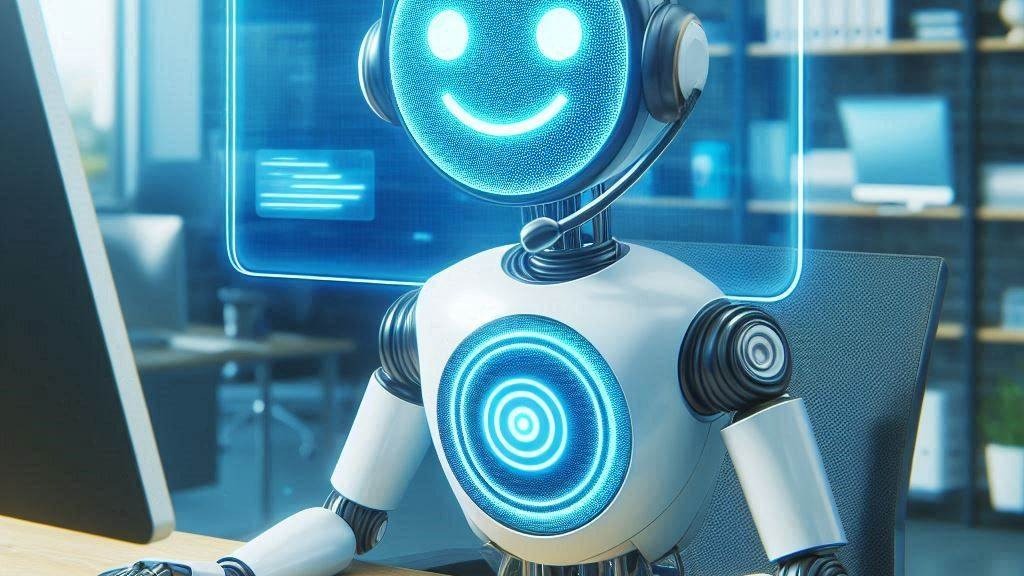In a world where customer experience can make or break a business, companies are turning to AI-driven solutions to meet rising expectations. One tool that’s leading the charge is Microsoft’s Power Virtual Agents (PVA)—a powerful, no-code platform that enables organizations to create intelligent, AI-powered chatbots to handle customer inquiries, provide instant support, and enhance overall customer experience. But what makes AI-driven chatbots so effective, and how can businesses leverage Power Virtual Agents to transform their customer service?
The Challenge: Meeting Modern Customer Expectations
Today’s customers expect fast, accurate, and personalized responses at every touchpoint. However, traditional customer service models—such as phone or email support—often result in delays, high service loads, and customer frustration. Scaling a support team to handle increasing volumes is costly, and long wait times lead to dissatisfied customers who may take their business elsewhere.
Enter AI-powered chatbots. By integrating AI with tools like Power Virtual Agents, businesses can offer instant, 24/7 support, significantly reducing the load on customer service teams while improving customer satisfaction. With chatbots handling routine inquiries, human agents are freed up to focus on more complex cases, providing a seamless blend of automation and human expertise.
How Power Virtual Agents Elevates Customer Experience
Power Virtual Agents provides businesses with an intuitive, no-code platform to build custom chatbots that can deliver real value to customers. Here’s how it’s transforming customer service:
1. Instant, 24/7 Support
One of the most significant advantages of AI-powered chatbots is their ability to provide instant assistance around the clock. Whether it’s answering common FAQs, helping users troubleshoot issues, or guiding them through account settings, chatbots ensure customers get answers when they need them—without the frustration of waiting for a human agent.
For example, a retail company might deploy a chatbot to help customers with tracking orders, checking inventory, or processing returns. This real-time support not only improves the customer’s experience but also reduces the load on live agents, who can focus on more complex customer inquiries.
2. Personalized Interactions with AI
AI-powered chatbots, like those built on Power Virtual Agents, can leverage customer data to deliver personalized interactions. By integrating with other Microsoft tools like Dynamics 365 or Power BI, businesses can create a unified customer profile that informs the chatbot’s responses.
Imagine a financial institution using a PVA chatbot to assist customers with account-related questions. By accessing customer history, the bot can personalize recommendations, answer specific account questions, and even suggest tailored financial products—providing a highly relevant experience without requiring customers to repeat information.
3. Reducing Service Load & Enhancing Agent Productivity
A major pain point for customer service teams is the sheer volume of routine inquiries that consume their time. From password resets to order status requests, these repetitive tasks don’t require human intervention. AI-powered chatbots can handle these mundane queries, dramatically reducing the service load and improving efficiency.
Telecommunications companies are prime examples of this. Many have integrated PVA to assist customers with common issues, such as internet outages, troubleshooting guides, or checking account balances. By automating these tasks, they reduce call volumes, freeing up agents to solve more complex problems, ultimately improving productivity and the customer experience.
4. Consistency Across Channels
With Power Virtual Agents, businesses can deploy chatbots across multiple channels—whether it’s on their website, through social media, or within mobile apps. This consistency ensures that no matter how a customer interacts with your brand, they’ll receive a cohesive experience.
For instance, a travel company might use a chatbot on their website to help customers find available flights or manage bookings, while the same bot on Facebook Messenger assists customers with check-in or travel updates. By maintaining a consistent presence across platforms, the company builds trust and creates a seamless journey for its customers.
5. Proactive Customer Engagement
AI chatbots can do more than just react to customer inquiries—they can proactively engage with users based on certain triggers. For example, if a customer is browsing a website and has been inactive for a few minutes, the bot can prompt them with a helpful message, such as offering assistance or suggesting relevant content.
This is particularly useful in eCommerce, where abandoned carts are a common challenge. A chatbot can detect when a user is about to leave without completing a purchase and offer help, such as clarifying product details or providing an incentive like a discount code. By proactively engaging customers, businesses can reduce abandonment rates and increase conversions.
Real-World Examples of Power Virtual Agents in Action
Let’s look at how businesses are already leveraging Power Virtual Agents to enhance their customer service:
- A global healthcare provider deployed a PVA chatbot to answer COVID-19-related questions. With health guidelines constantly changing, the chatbot provides patients with up-to-date information, directs them to relevant resources, and even schedules appointments—all without overwhelming their service team.
- A utility company uses PVA to help customers troubleshoot common service issues, such as power outages or billing questions. By automating these responses, they’ve reduced call volumes by over 30%, allowing agents to focus on complex customer needs.
- An insurance provider integrated PVA to assist customers with filing claims and understanding coverage options. The chatbot walks customers through each step of the claims process, providing immediate feedback and next steps, reducing back-and-forth interactions and speeding up the resolution process.
The Future of Customer Experience with AI
As AI continues to evolve, so too will its role in customer service. With Power Virtual Agents, businesses have a tool that not only improves efficiency but also elevates the customer experience through instant, personalized, and proactive interactions. Whether you’re looking to reduce service loads, increase customer satisfaction, or streamline processes, integrating AI-powered chatbots is a critical step forward in delivering exceptional customer service.
By harnessing the potential of AI, companies can stay competitive and meet modern customers’ expectations in an increasingly fast-paced, digital world. Ready to transform your customer experience?


Leave a Reply